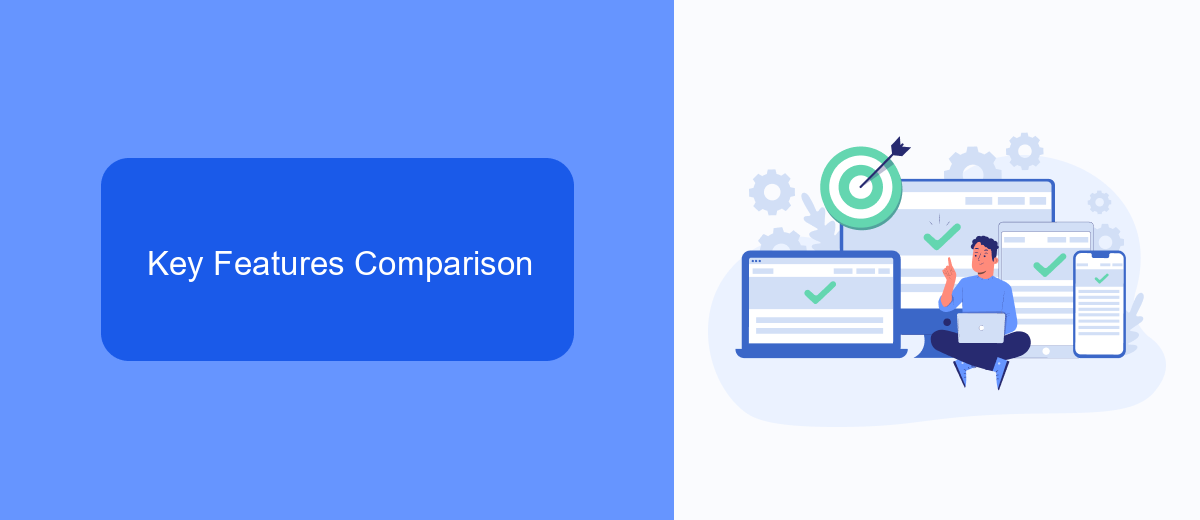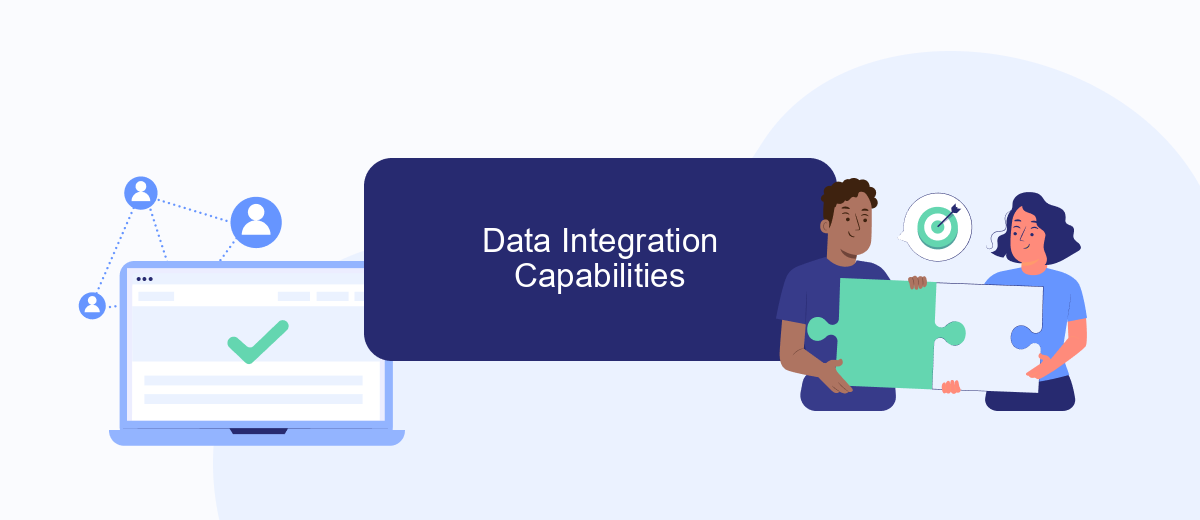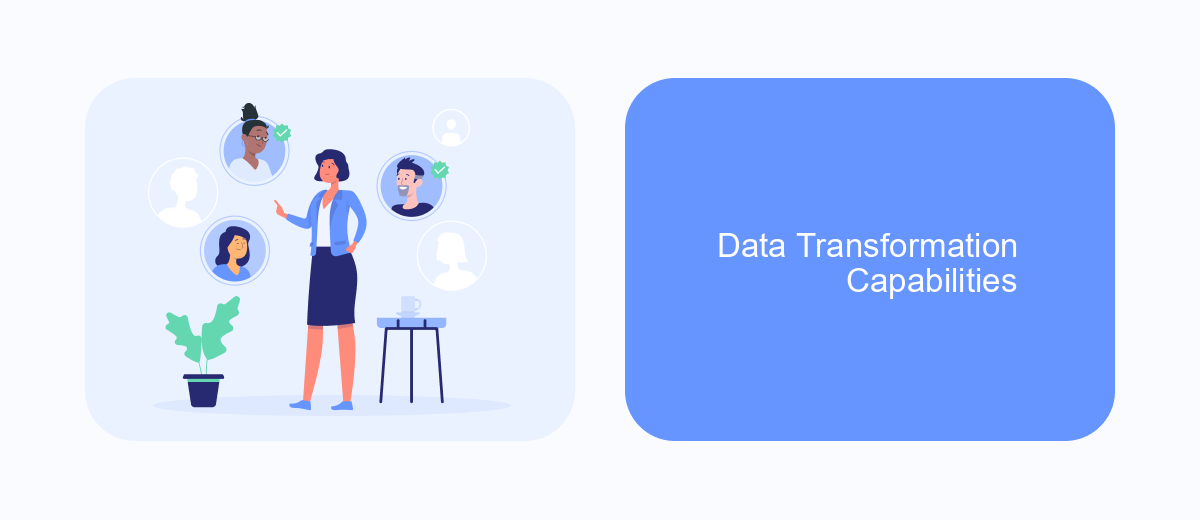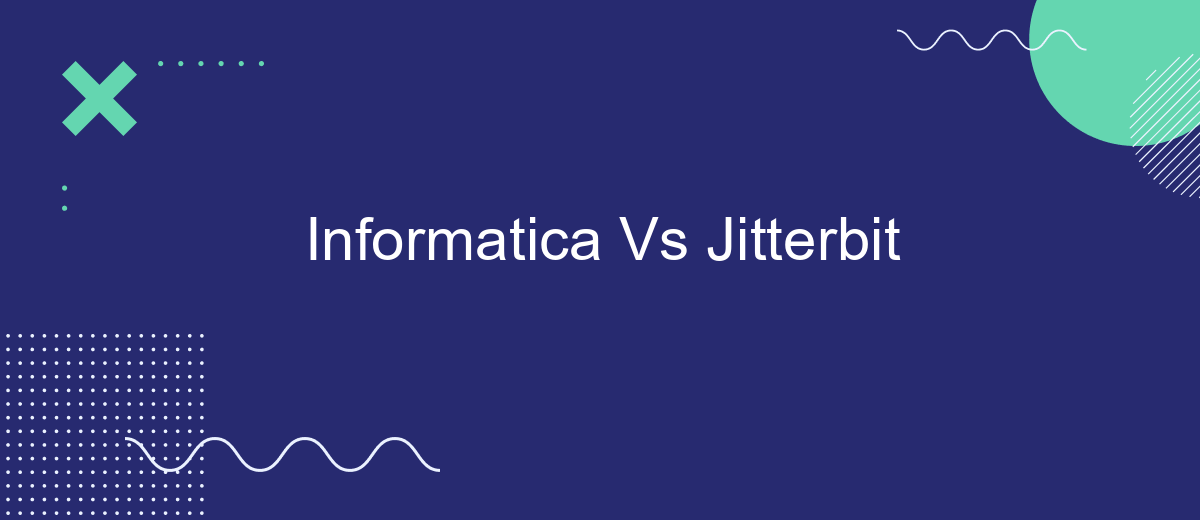When it comes to data integration and management, Informatica and Jitterbit are two prominent tools that businesses often consider. Both platforms offer robust solutions for connecting diverse data sources, automating workflows, and ensuring data quality. However, they differ in terms of features, ease of use, and scalability. This article delves into a comparative analysis of Informatica and Jitterbit to help you make an informed decision.
Introduction
In the rapidly evolving digital landscape, businesses are increasingly relying on data integration platforms to streamline their operations and enhance productivity. Informatica and Jitterbit are two leading players in this domain, offering robust solutions for data integration, management, and automation. Choosing the right platform can significantly impact the efficiency of your business processes and data workflows.
- Informatica: Known for its comprehensive data integration capabilities, it offers a wide range of tools for data management, cloud integration, and data quality.
- Jitterbit: This platform excels in providing intuitive, user-friendly solutions for API integration and data synchronization, making it a favorite among businesses looking for quick and effective integration solutions.
Both Informatica and Jitterbit provide unique advantages, catering to different business needs. Additionally, platforms like SaveMyLeads offer specialized services to automate lead data transfer, further simplifying the integration process. Understanding the strengths and limitations of each platform will help you make an informed decision, ensuring seamless data integration and enhanced operational efficiency.
Key Features Comparison

Informatica and Jitterbit both offer robust data integration solutions, but they cater to different needs and preferences. Informatica is known for its extensive capabilities in data management, including data integration, data quality, and data governance. It provides a comprehensive suite of tools designed for enterprise-level data integration, with strong support for complex data workflows and a wide range of connectors. Informatica's cloud-based solutions ensure scalability and flexibility, making it a preferred choice for large organizations that require high-volume data processing and advanced analytics.
Jitterbit, on the other hand, focuses on ease of use and rapid deployment. It provides an intuitive interface that allows users to quickly set up integrations without extensive technical knowledge. Jitterbit's strength lies in its ability to simplify the integration process, making it ideal for small to medium-sized businesses. Additionally, Jitterbit offers pre-built templates and connectors, which can significantly reduce the time required to implement integrations. Services like SaveMyLeads can complement Jitterbit by providing automated lead integration solutions, further enhancing its usability for marketing and sales teams looking to streamline their workflows.
Data Integration Capabilities

When it comes to data integration capabilities, both Informatica and Jitterbit offer robust solutions to streamline and automate the process of connecting various data sources. These platforms are designed to handle complex data workflows, ensuring seamless data transfer and transformation across different systems.
- Informatica provides a comprehensive suite of tools for data integration, data quality, and data governance. Its advanced features include real-time data integration, extensive connectivity options, and powerful data transformation capabilities.
- Jitterbit, on the other hand, emphasizes ease of use with its intuitive interface and rapid deployment capabilities. It offers pre-built connectors and templates to accelerate the integration process, making it ideal for businesses looking for quick and efficient solutions.
For businesses seeking to further simplify their integration efforts, services like SaveMyLeads can be invaluable. SaveMyLeads offers automated lead data transfer between various platforms, reducing manual work and ensuring data consistency. By leveraging such services, companies can enhance their data integration strategies and focus more on their core operations.
Data Transformation Capabilities

When it comes to data transformation capabilities, both Informatica and Jitterbit offer robust solutions. Informatica provides a highly scalable platform with advanced data transformation tools that cater to complex enterprise needs. Its capabilities include data cleansing, data masking, and sophisticated data integration processes, making it a preferred choice for large organizations with intricate data landscapes.
Jitterbit, on the other hand, excels in ease of use and quick deployment. It offers an intuitive interface that allows users to perform data transformations without extensive coding knowledge. This makes Jitterbit an attractive option for small to medium-sized businesses looking for efficient and straightforward data integration solutions.
- Informatica: Advanced data cleansing and masking capabilities
- Informatica: Scalable for complex enterprise needs
- Jitterbit: User-friendly interface with minimal coding
- Jitterbit: Quick deployment for faster results
Both platforms have their unique strengths, and the choice between them depends on the specific needs of the organization. For businesses looking for a simpler solution, SaveMyLeads can also be considered as it offers automated data integration services that bridge the gap between different applications effortlessly.
Conclusion
In conclusion, both Informatica and Jitterbit offer robust solutions for data integration and management, each with its unique strengths. Informatica stands out with its comprehensive suite of tools and advanced data governance capabilities, making it ideal for large enterprises with complex data environments. On the other hand, Jitterbit excels in ease of use and rapid deployment, making it a great choice for businesses seeking quick and efficient integration solutions without extensive technical overhead.
When considering your specific needs, it's crucial to evaluate the scale of your operations, the complexity of your data workflows, and your team's technical expertise. Additionally, leveraging services like SaveMyLeads can further streamline the integration process by automating data transfer and synchronization between various platforms, ensuring that your data is always up-to-date and accessible. Ultimately, the best choice depends on your organization's specific requirements and long-term data strategy.
FAQ
What are the primary differences between Informatica and Jitterbit?
Which tool is easier to use for beginners, Informatica or Jitterbit?
Can both Informatica and Jitterbit handle real-time data integration?
What are the typical use cases for Informatica and Jitterbit?
Are there services available to help implement and configure these tools?
SaveMyLeads is a simple and effective service that will help you automate routine tasks and optimize business processes. Stop wasting time uploading leads from Facebook manually – you can do it automatically, saving a lot of time and money. Eliminate routine from workflows and achieve more with minimal investment of money, effort and human resources.
